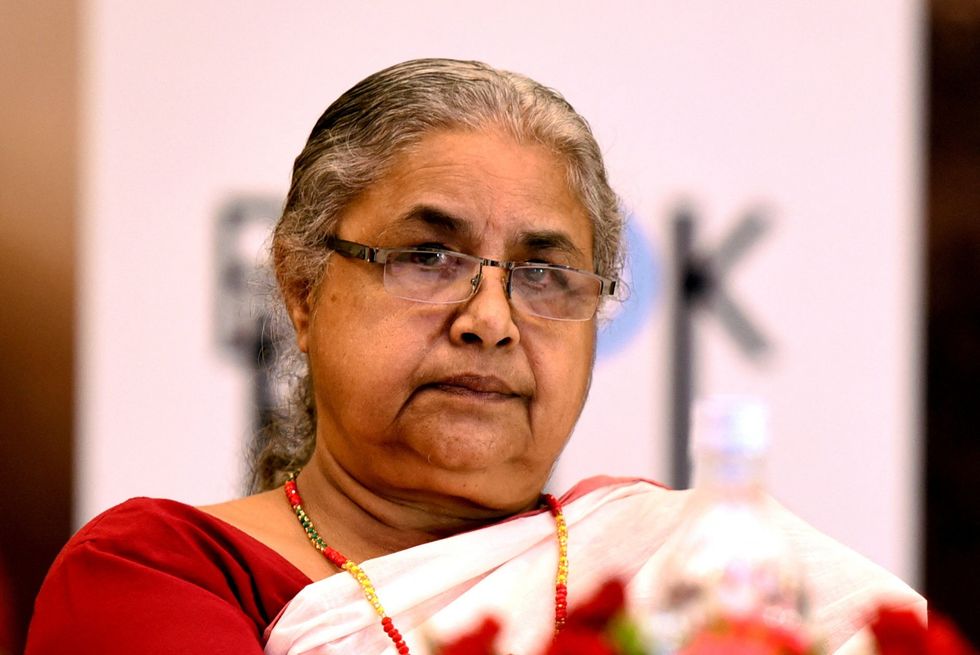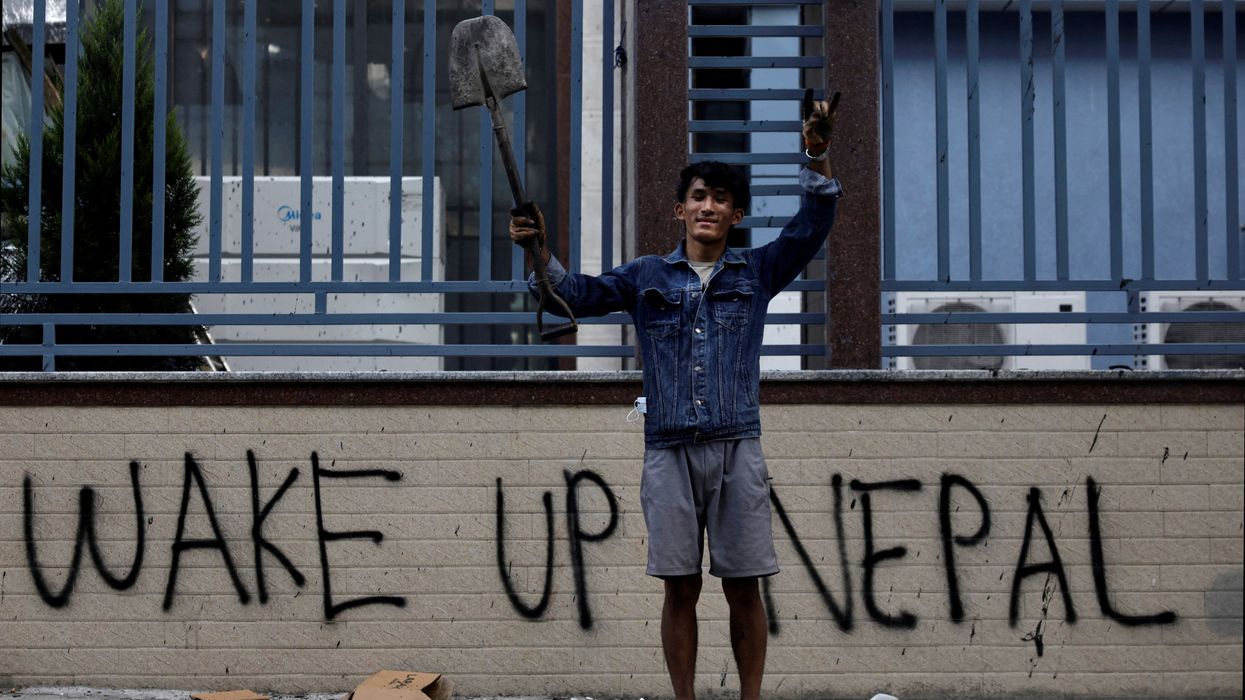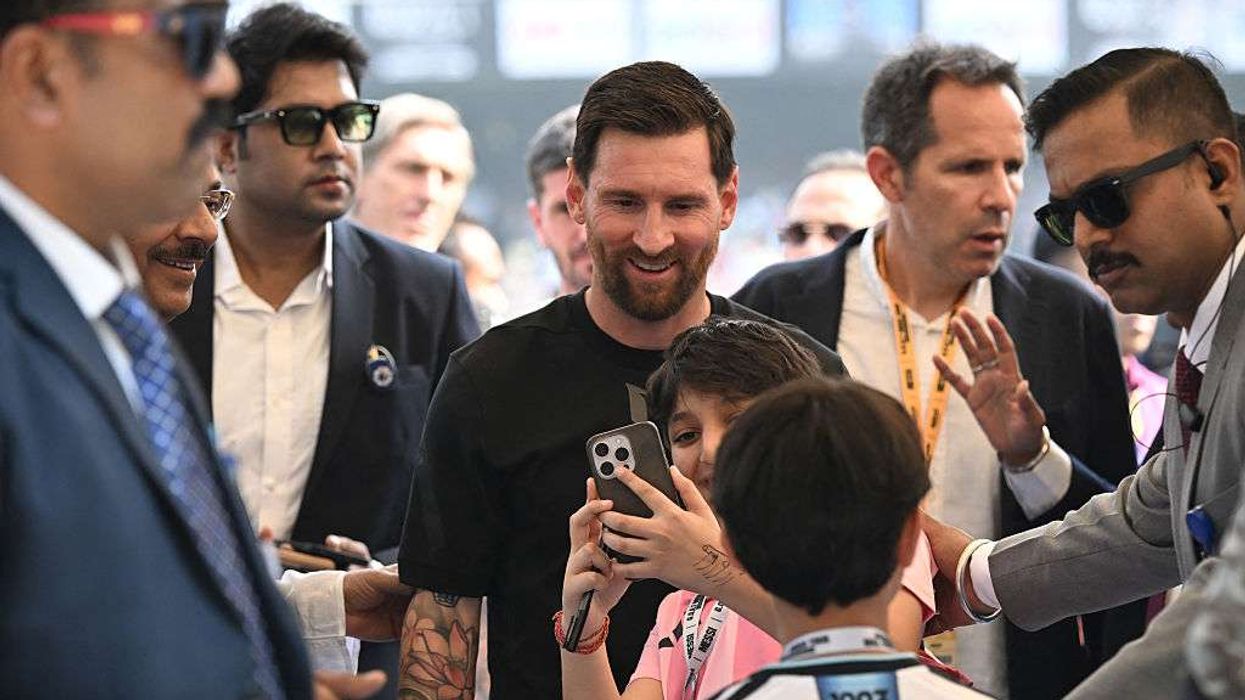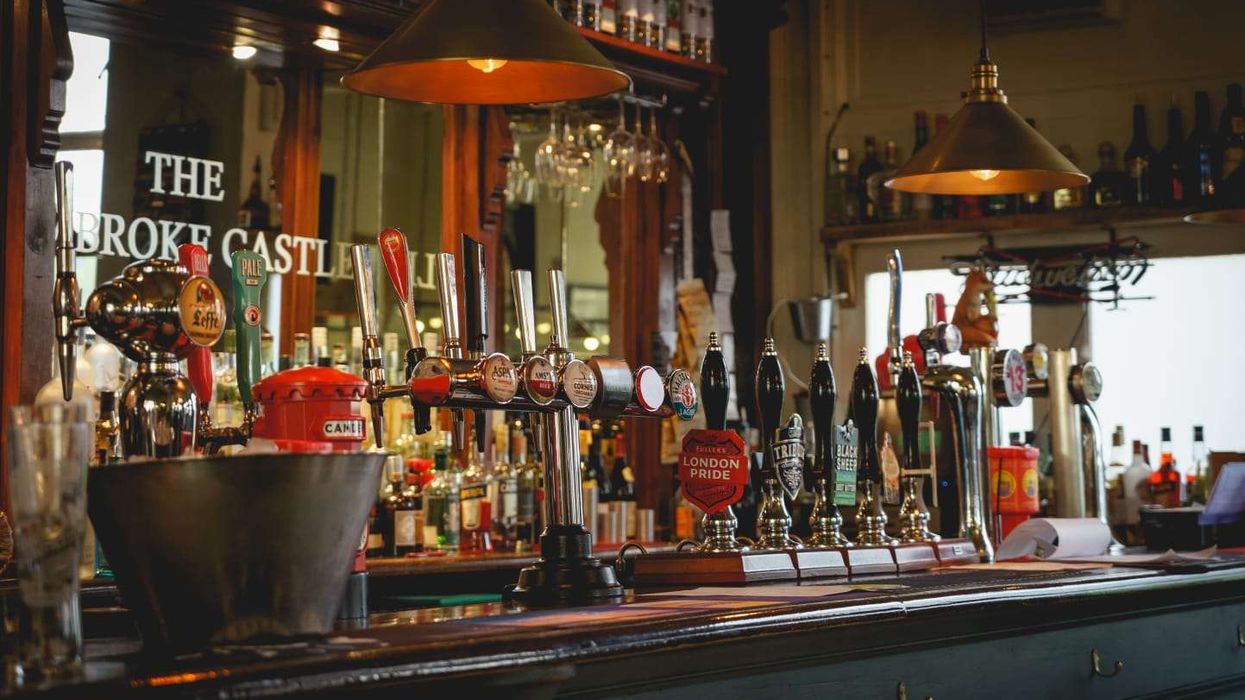NEPAL is facing its worst political and social crisis in decades after deadly protests toppled prime minister K.P. Sharma Oli earlier this week, leaving parliament in flames, thousands of prisoners on the run and the country’s leadership in limbo.
The protests, led largely by young people and dubbed the “Gen Z” movement, erupted after a controversial social media ban and quickly spread across the country. Demonstrators accused the government of corruption, lack of opportunities and failure to deliver reforms.
Violence peaked on Tuesday (9) when at least 19 protesters were killed during clashes, prompting Oli, a four-time prime minister, to resign. Nepal’s health ministry later confirmed the death toll had risen to 34, with more than 1,300 people injured.
During the unrest, around 13,500 detainees escaped from prisons across the country. The army said on Thursday (11) it had recaptured 192 inmates in Rajbiraj, a southeastern city, while security forces also regained control in Ramechhap, east of Kathmandu, where clashes left two prisoners dead and 12 wounded.
India’s border security force confirmed it had detained about 60 fugitives trying to cross into Bihar, Uttar Pradesh and West Bengal before handing them back to Nepali authorities. Security forces have also recovered nearly 100 weapons looted during the uprising.
Fires set by protesters destroyed parliament, government offices, the Supreme Court and commercial buildings. A Hilton hotel in Kathmandu and hotels in Pokhara were among the businesses torched during the violence.
Soldiers remain deployed on the streets of the capital, where a curfew has been imposed and schools, shops and colleges are closed. Essential services are only slowly resuming.
President Ramchandra Paudel, 80, has appealed for calm and promised that efforts are underway to find a solution “as soon as possible” within the constitutional framework. “I am consulting and making every effort to find a way out of the current difficult situation in the country,” he said. “I appeal to all parties to be confident that a solution to the problem is being sought to address the demands of the protesting citizens.”

With Oli’s resignation, Paudel is constitutionally required to invite the leader of the largest parliamentary party to form a government. However, protesters are demanding the dissolution of parliament altogether. They have instead put forward retired chief justice Sushila Karki, Nepal’s first woman to head the judiciary, as their preferred interim leader.
Karki, 73, served as chief justice in 2016 and is seen by many demonstrators as a symbol of integrity. “We see Sushila Karki for who she truly is — honest, fearless, and unshaken,” said Sujit Kumar Jha, a 34-year-old company secretary in Kathmandu.
A protest leader, Ojaswi Raj Thapa, said: “We will dissolve the parliament. We are not trying to dissolve the constitution. We may need some changes to the constitution but we don’t want to end it.”
Local media reported that Karki has already held talks with president Paudel and Army chief General Ashok Raj Sigdel. The army confirmed that “initial talks” are ongoing and that curfew orders will remain in place in Kathmandu and nearby areas for most of the day.
The demonstrations have been described as the most serious challenge to Nepal’s political system since the abolition of its monarchy in 2008. While Oli’s whereabouts remain unknown after his resignation, protesters insist they will not back down until their demands are met.
For now, the streets of Kathmandu remain under tight watch, and though international flights are still operating, the uncertainty has left the country of 30 million people at a standstill. As one young protester shouted near the charred remains of the parliament building: “This is our time. We will not be silent.”
(Agencies)













